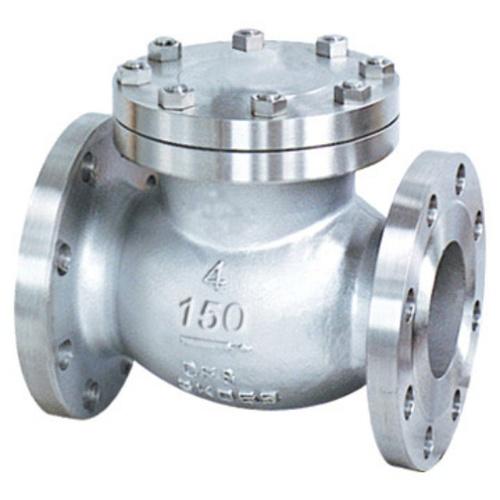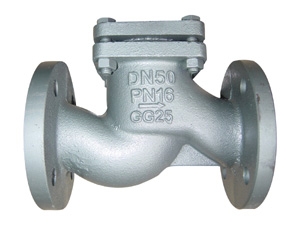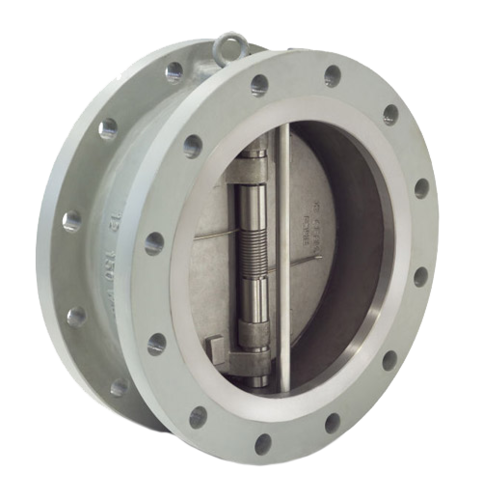Types and application of Check Valves
Types and application of Check Valves
Check Valves , also known as non-return or one-way valves, are designed to allow fluid to flow one way in a pipeline. They’re constructed of a clapper which hangs from a hinge, the clapper shaft or pin, which is mounted to the underside of the bonnet, inside the valve body. The basic design of a check valve inhibits backflow in a line.
Check valve applications
- Protect drinking water from contamination by backflow resulting from gravity, back siphonage or backpressure (e.g. Hose connected kitchen spray or shower hand spray).
- Protect sensitive equipment against possible damage or contamination resulting from a reversal of flow direction (e.g. water meter, pump or filter).
- Hold water in a system or pipe after the flow has been turned off to prevent drainage or facilitate restart (e.g. pumping systems).
- Prevent crossover flow in systems with unequal line pressures (e.g. cold and hot water inlets in thermostatic mixers).
- Reduce the risk of backflow or leakage in case of valve failure (e.g. solenoid valve at the inlet of an appliance).
- Allow complex systems to function properly by ensuring unidirectional flow (e.g. multi-zone heating system or booster pumps).
Types of the Check Valve
Swing Check Valve
A hinged disc assembly is suspended from the body to allow it to move freely. This configuration minimizes pressure loss and eases the fluid flow. Swing check valves can be used for either horizontal or vertical (fluid flowing upward) pipe layouts.
Lift Check Valve
The structure of the lift check valve is the globe valve without the handwheel and any parts which related to manual operation. And have the cover in lieu of the bonnet. Because of its large fluid resistance, this valve is used primarily for small-bore applications.
Wafer Check Valve
Thanks to its wafer shaped design, this swing check valve is far thinner and lighter than conventional water hammer absorbing check valves. It features a built-in bypass circuit and superior closing action and is multifunctional high performance water hammer absorbing check valve.
Advantages and Disadvantages of Check valve
ADVANTAGES
The check valve’s operation is completely self-automated. Therefore, should a facility lose power, the valve would still function, preventing damage to pumps and other equipment, as well as other problems upstream.
DISADVANTAGES
Noise (slamming), water hammer, and reverse flow are common problems with check valves. It is very important to note, however, that these problems generally occur because of improper sizing and/or selection for the application.
These types of valves commonly (and mistakenly) selected/sized as an on/off valve would be. Doing so could cause premature wear, high-pressure drop, and increased the expenditure of pump energy as it works harder to satisfy the system.
If you’re experiencing issues with a check valve, or need to select a new one for your process, talk to an engineer experienced in the selection/sizing of these types of valves. Doing so will help your system perform at its highest efficiency while requiring a lot less maintenance.







Leave a Reply
Want to join the discussion?Feel free to contribute!